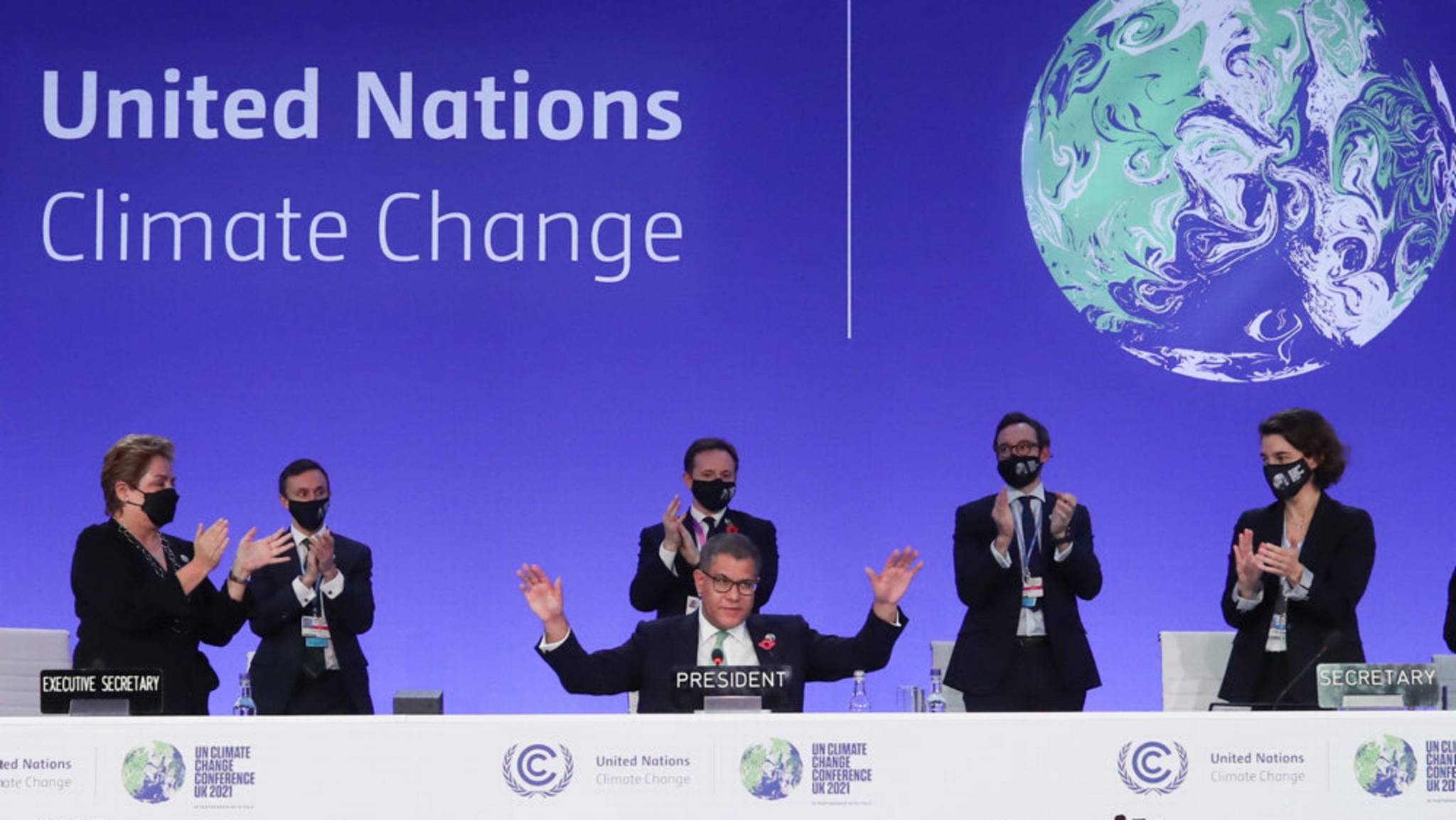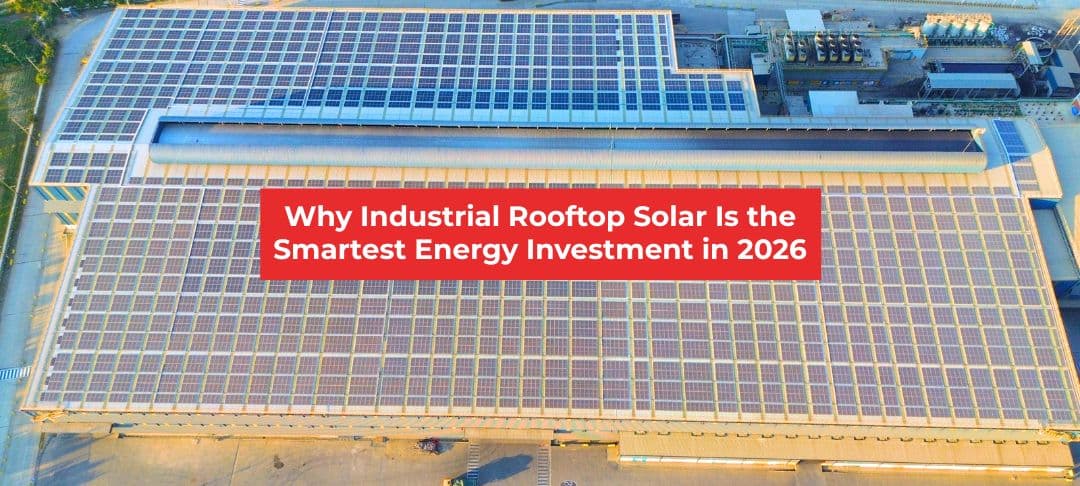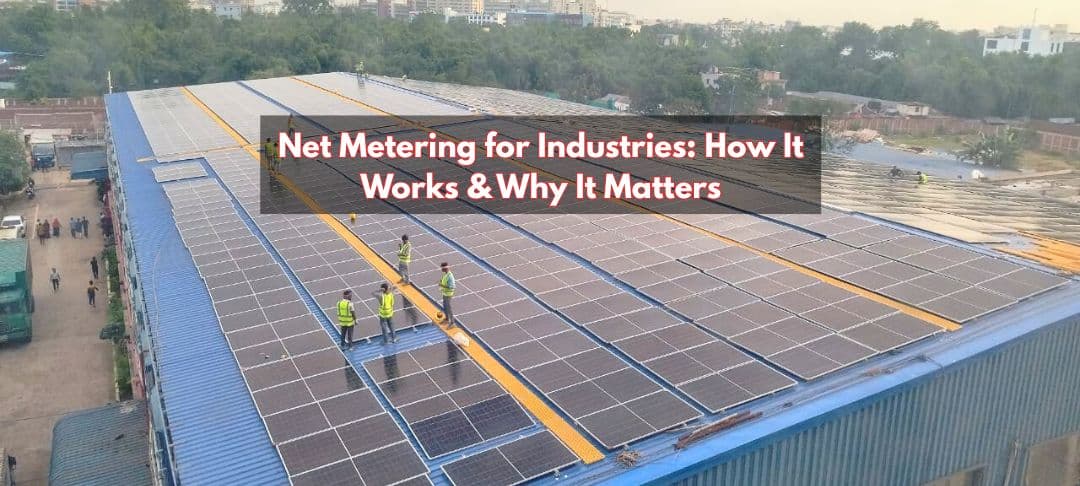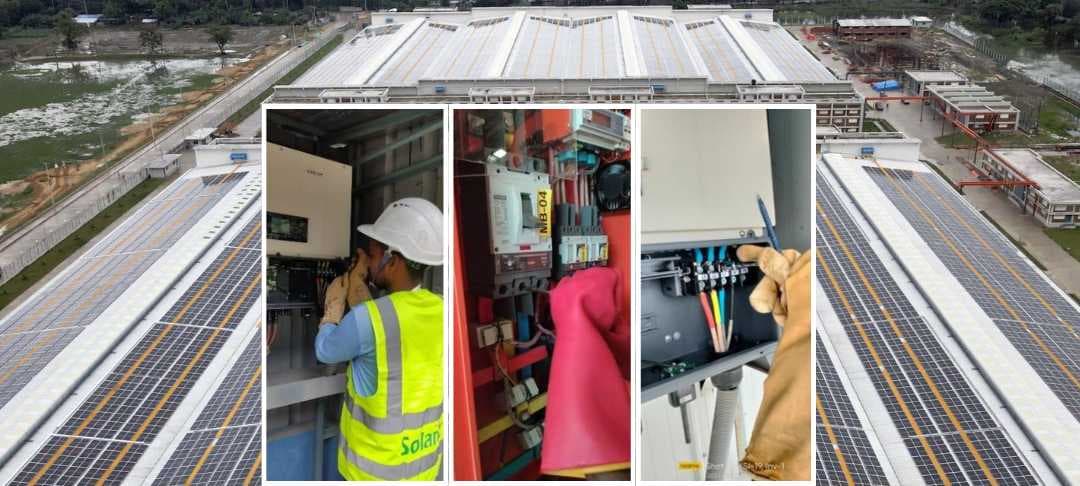COP26: Successes and Failures
Published at - December 16, 2021
The 2021 United Nations Climate Change Conference, also known as COP26, was the 26th United Nations Climate Change Conference, held from October 31 to November 13, 2021, at the SEC Centre in Glasgow, Scotland, United Kingdom. Alok Sharma, a UK cabinet member, served as the conference's president. It was the 26th Conference of the Parties (COP) to the United Nations Framework Convention on Climate Change (UNFCCC), the third meeting of the parties to the 2015 Paris Agreement (designated CMA1, CMA2, CMA3), and the 16th meeting of the parties to the Kyoto Protocol, which had been postponed for a year due to the COVID-19 pandemic (CMP16).
197 countries attended the COP26 conference. After in-depth discussion, argument, agreements and disagreements among the participants, COP26 ended with a number of successes and failures on 12 November 2021. In this blog, we will explore the successes and the failures of the conference to answer the most important question- “Was this conference a success or a failure?”
Goals of COP26
To discuss the successes and the failures of the conference, we must discuss the goal that was set to achieve. We can narrow down it to four goals. They are,
-
Ensure global net zero by the middle of the century, and limit warming to 1.5 degrees Celsius;
-
to adapt in order to safeguard populations and natural environments;
-
mobilize capital; and
-
collaboration is key to success.
__Ensure global net zero by the middle of the century, and limit warming to 1.5 degrees Celsius: __
The first and most important purpose of COP26 was to ensure that Article 2 of the Paris Agreement, which aims to keep global warming below 1.5 degrees Celsius, is met. The Paris Agreement is an international treaty that was formed during the 2015 COP21 conference in Paris. The Paris Agreement includes a number of strategies for reducing and limiting the effects of climate change, including Nationally Determined Contributions (NDCs), provision for possible emissions trading mechanisms, and financing for transition in developing countries, in addition to the 1.5 degree Celsius target. The globe is currently on track to miss the 1.5 degrees Celsius target. The UN Environment Programme Gap Report, released just days before the start of COP26, confirms that, based on current NDCs and mitigation efforts, the world is on track for a global temperature rise of 2.7 degrees Celsius by the end of the century.
One of the goals of COP26 was to close the "mitigation gap" by employing a variety of strategies that cover the Paris Agreement's several pillars, including:
-
urging countries to improve and exceed their NDCs by 2030;
-
ensuring that targets are translated into action by adopting systems that allow governments to design and communicate long-term net-zero strategies based on the best available science; and
-
completing the remaining aspects of the "Paris Rulebook" in support of the 1.5-degree objective
To adapt in order to safeguard populations and natural environments:
The second major purpose of COP26 was to push adaptation action plans to prevent such loss and harm, including by protecting and restoring ecosystems, constructing defences, warning systems, and resilient infrastructure and agriculture.
The following topics were set to be discussed in relation to these objectives:
-
aiding countries that are most affected by climate change;
-
implementing and monitoring the Global Goal on Adaptation, a concept developed under Article 7 of the Paris Agreement to improve adaptive capacity, boost resilience, and minimize climate change vulnerability; and
-
establishing national adaptation strategies and communications, which are country-specific plans and summaries of what countries are doing and planning to do to adapt to climate change.
Mobilize capital: The third COP26 goal recognized that countries will need funding to manage the effects of climate change and accelerate the transition to a climate-resilient future. Finance must have been mobilized in order for this to happen.
This aim was made up of numerous parts. To begin, developing countries require assistance to ensure that the climate transition is fair and just for all. To achieve this, industrialized countries committed at COP15 in Copenhagen in 2009 to commit to raising at least $100 billion per year starting in 2020, a goal that has yet to be realized.
The United Kingdom has declared that it will double its International Climate Finance commitment to at least £11.6 billion over the following five years, from 2025 to 2026, in order to both accelerate progress toward the $100 billion objectives and urge other countries to do the same. On November 1, 2021, Australia announced that, over the five years leading up to 2025, it will increase its international climate finance commitment to developing nations from AU$1.5 billion to AU$2 billion, with at least AU$700 million earmarked for Australia's Pacific neighbours. According to the World Resources Institute, wealthy countries will need to pay 0.22 per cent of their gross national income to meet the $100 billion target.
According to data from the World Bank, Australia is currently short of the estimated US$3 billion required. Second, climate finance can be used for a range of purposes, including public funding for green infrastructure and private funding for green technologies and techniques. The green investment will also be an element of the COVID-19 economic recovery for a number of countries.
The fourth component was a greater emphasis on business, banks, insurance, and investors' roles in moving the global economy to a net-zero future.
__Collaboration is key to success: ____
The last goal of COP26 was to ensure that all goals were realized by establishing the 'Paris Rulebook,' which outlined the rules and logistics needed to carry out the Paris Agreement's objectives.
The following were key components of the Paris Rulebook that needed to be agreed upon:
Carbon markets: One of the most important subjects of debate during COP26 was how to sort out the details of the various methods for transferring and trading "mitigation outcomes" under Article 6 of the Paris Agreement. Negotiations on international carbon pricing, carbon accounting under a global carbon market, bilateral cooperation between nations, and bilateral cooperation between nations and enterprises were among the topics discussed.
Common Time Frames (CTF): This mandated that countries adopt their 2031 NDCs within a specific time frame.
Enhanced Transparency Framework (ETF): This mechanism, outlined in Article 13 of the Paris Agreement, was designed to ensure that countries are transparent about their progress toward NDCs by establishing procedures and requirements for the disclosure of progress and how it is measured. While many features of the planned ETF were developed in COP24, there were still a few technical issues that needed to be resolved at COP26.
Now that we discussed the goals, let’s explore what COP26 has achieved.
Achievements of COP26
In a climate change conference, success is always measured by the agreement between the nations. Therefore, we won’t go off the trail at all if we discuss what the nations had agreed upon. The participating 197 countries agreed to a new deal, known as the Glasgow Climate Pact, aimed at staving off dangerous climate change.
The Glasgow Climate Pact contains the following provisions:
-
a first for a UN climate pact, language endorsing a "phase-down of unabated coal power," which is the single largest driver of global temperature rise;
-
new rules for cross-border trade of carbon credits, a problem that has remained unsolved since 2015;
-
a demand for countries to return in 2022 with new, more ambitious carbon reduction commitments; and
-
a request for a yearly report outlining countries' annual emission reduction pledges
Moreover, Nations shared other important pledges during the conference. They were:
-
Despite recent rifts in diplomatic ties, the two greatest polluters, the United States and China, decided to collaborate on climate change.
-
Over a hundred countries committed to reducing methane emissions by 30% by 2030, a greenhouse gas that dissipates faster than carbon but fuels up to eighty times more warmth over a twenty-year period.
-
More than 130 countries, which collectively own 90% of the world's forests, have vowed to halt and then reverse deforestation by 2030.
-
Over 450 financial organizations, with a combined asset value of $130 trillion, pledged to align their portfolios with the goal of reaching net-zero emissions by 2050.
As much as we can call these achievements success, we cannot ignore the failure we face. Next, we shall discuss the failures and decide whether the conference was a success or a failure.
Failures of the COP26
There were some goals unachieved and some failures to leave a mark in the outcome of the conference. They are-
Failure to diminish coal power: President Alok Sharma of the United Nations Conference on Climate Change (COP26) had encouraged negotiators to "consign coal power to history," but this did not happen. Despite the historic call for a "phase-down" of coal power in the Glasgow Climate Pact, some coal-dependent countries have stated that they will not totally phase out coal until the 2040s or later. Two nations, China and India, pushed for the language on coal to change from "phase out" to "phase down" in the deal agreed in Glasgow, which woefully damaged the success of the conference.
Failure to progress in the funding:
Countries have likewise made little headway in terms of climate finance. According to the United Nations Environment Program, developing countries require $70 billion per year for adaptation, with this figure anticipated to treble by 2030. Poorer countries resumed their appeals for financial assistance from wealthy countries to adapt to the effects of climate change as COP26 approached. They also wanted to create a loss-and-damage fund for affluent countries to compensate developing countries for places that have been irreversibly impacted by climate change. However, the Glasgow Climate Pact did not successfully address the finance issue. Despite the fact that the Adaptation Fund, which was formed in 2001 to support poor country adaptation efforts, got $356 million in fresh financing at COP26, funding levels remain woefully inadequate. Even while the accord requires rich countries to at least quadruple adaptation funding by 2025, this is still billions of dollars less than the estimated expenditures. The creation of the loss-and-damage fund was likewise stymied by wealthy nations. Instead, the agreement contains a commitment to continue discussing increasing financial and technical help to reduce climate-related damage in the future.
Was it a Success or a Failure

So, now the big question. Can we call COP26 a success?
Yes, but only just. The UN climate summit succeeded in keeping the Paris Agreement's goal of limiting global warming to 1.5°C (2.7°F) over pre-industrial levels alive. The Glasgow Climate Pact stipulates that carbon emissions must decline by 45 per cent by 2030 in order to keep the 1.5°C objectives alive. However, the success of COP26 will be determined by the details. Because success is contingent on future commitments, there is a danger of failure. Aside from the worry that pledges might not be followed through on, agreements in key areas fell short.
Despite the shortcomings, progress was achieved, but it remains a challenge to ensure that it is sufficient. There are no international tribunals or institutions in place to enforce these commitments. Progress is based on shaky foundations of goodwill, however, peer pressure from world leaders may help. Scepticism about the COP process has also been exacerbated by a paucity of women and young people in decision-making on the planet's future. Protests spearheaded by women, indigenous peoples, and youth activists at the Glasgow summit, however, may provide leaders with the push they need.
Global attempts to fight the climate problem continue to face a major challenge: accountability. The Glasgow Climate Pact contains provisions aimed at increasing openness and accountability. The treaty also encourages countries to return in 2022 with higher goals. The expanded transparency framework will be an effective tool if properly applied. In 2023, countries will convene in the United Arab Emirates to examine progress as part of the global stocktake for the Paris Agreement. A well-conducted stocktake will assess whether countries are meeting their commitments and may help influence decision-making on future emission-reduction goals.
All we can hope is for nations to be responsible for their goodwill for a change. Although keeping track of development and ensuring that it is adequate remains a difficulty, some signs of progress have been made. We can’t mark the conference as a complete success, but there is no reason to undermine it as a total failure. We can only hope and motivate ourselves as UN Secretary-General Antonio Guterres did in his concluding remarks at the meeting: “Never give up. Never retreat. Keep pushing forward.”



